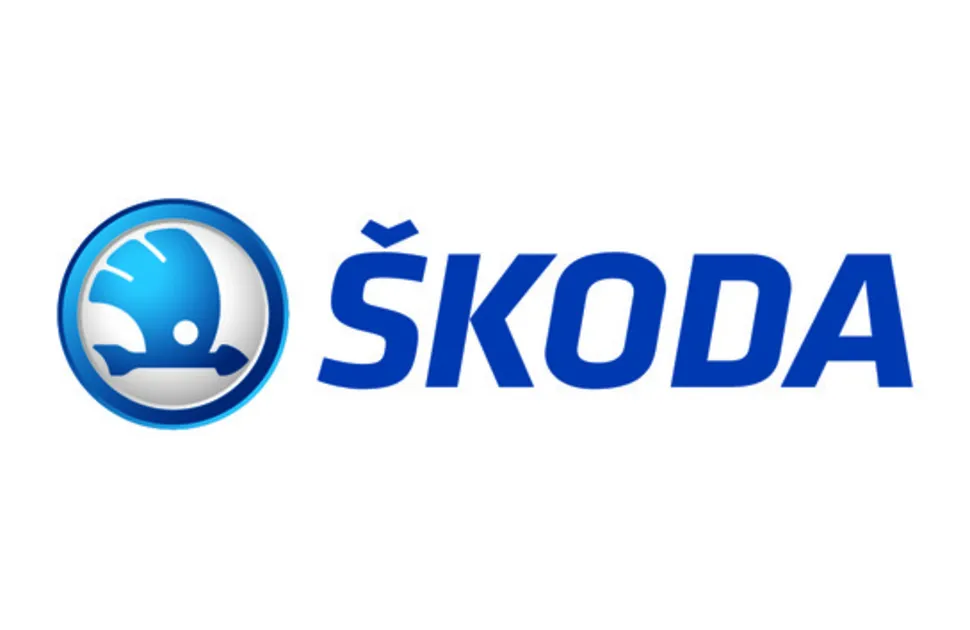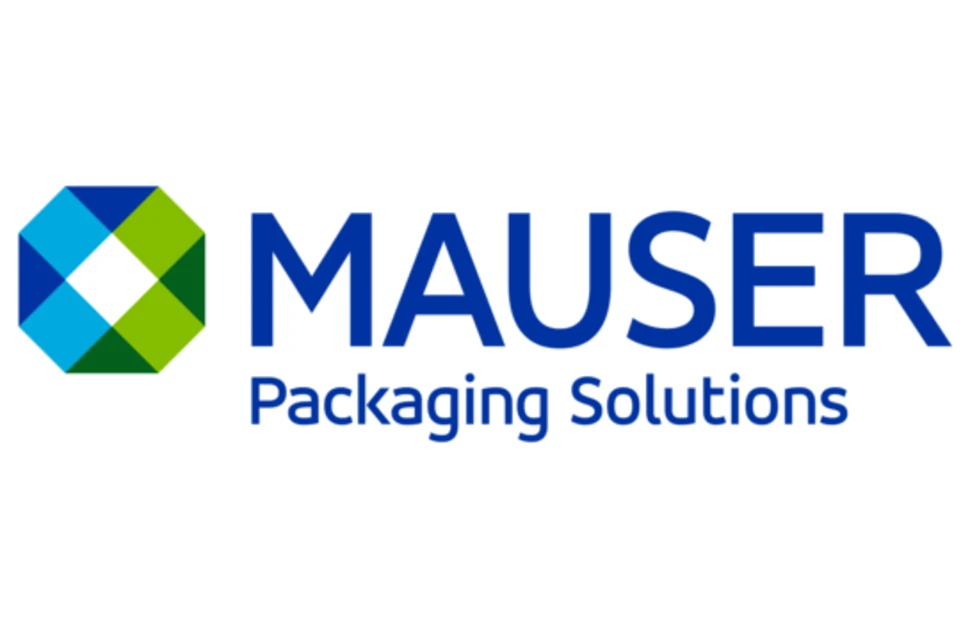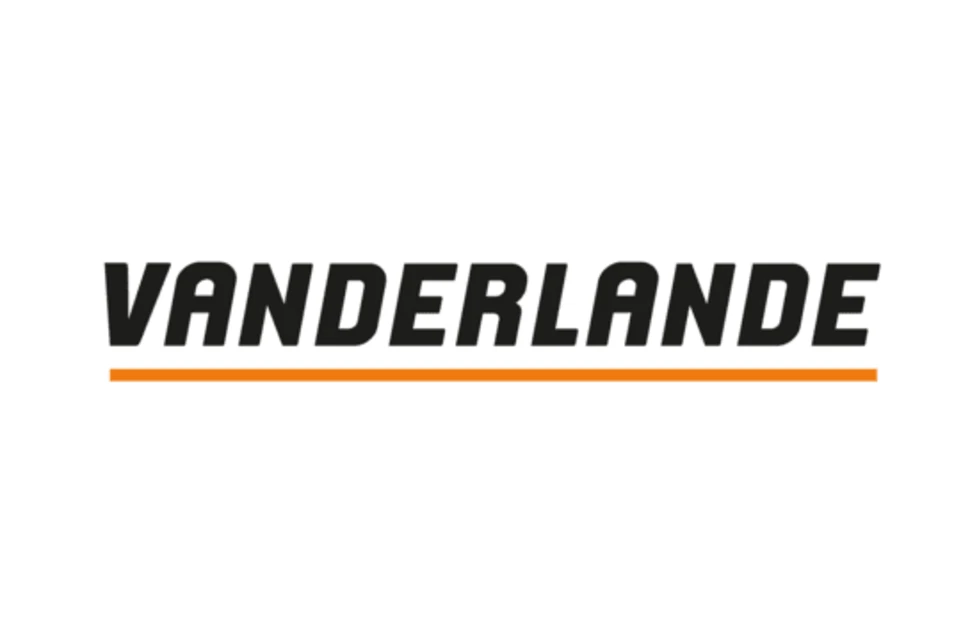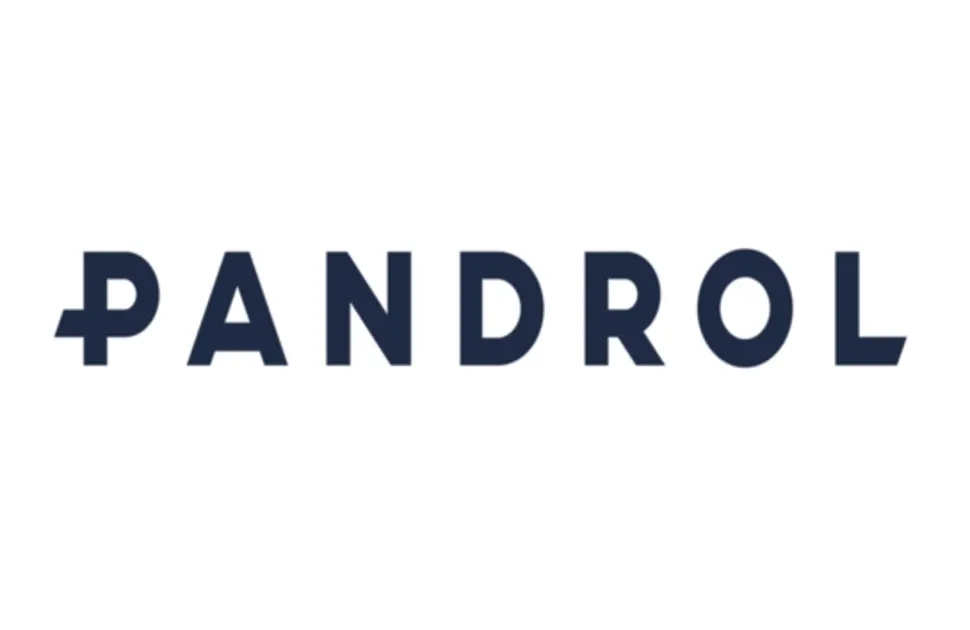Downstream sectors question EU bid to protect steelmakers
Industry associations and market participants fear that the European Commission’s proposed replacement for its import safeguard measures could cause lasting harm to downstream steel-consuming companies and EU manufacturing.
Under the plan, tariff-free quota volumes would be cut by 47% and above-quota tariffs doubled to 50%, from July 1, 2026. If approved, the new trade defence mechanism will also introduce a requirement for importers to disclose the location of “melt and pour” for all third-country material and end the rollover of unused steel import quotas from one quarter to the next.
European Commission Executive Vice-President Stéphane Séjourné announced details of the measures in a press conference on October 7. He said that the changes were necessary to protect the EU steel industry from global steelmaking overcapacity. This is projected to reach 721 million tonnes by 2027, five times the EU’s current level of consumption.
- This article first appeared in MEPS International's European Steel Review. The monthly Review features steel prices, indices, commentaries and forecasts covering Belgium, France, Germany, Italy, Spain and the United Kingdom. Contact MEPS for details of how to subscribe.
Tightening the region’s import quotas and aligning its above-quota tariff rate with that of the United States could also benefit the EU’s trade negotiations with the US. Currently, the United Kingdom is the only nation to negotiate a reduction of the Section 232 steel import tariff, to 25%.
Mixed reaction to trade defence proposal
Eurofer described the Commission’s proposed trade defence measures as a “real lifeline for EU steelmakers and steelworkers”. Others have criticised the plan.
In the UK, trade body UK Steel described the proposed EU tariffs as an existential threat to the nation’s steel industry. Last year, 78% of the UK’s steel output was exported to the EU. UK Steel director general said that the UK must secure a country-specific steel import quota with the European Commission or “potentially face disaster”.
The EU’s steel importers, stockists and end-users have also criticised the plan. The future price of their steel imports is currently unknown due to a lack of clarity about CBAM charges. They fear that reduced import quotas and higher duties will raise prices further, potentially risking their business models. Under the plans, the EU’s tariff-free steel import quotas would be cut from 33m tonnes to 18m tonnes, reducing the market share of third-country material to 13%.
Italy’s steel distributors trade association, Assofermet, argued that the measures would protect EU steelmakers at the expense of all downstream distribution and manufacturing businesses, which “form the backbone of European competitiveness”. It added that the creation of “a captive market” would bring “significant rise in prices”.
MEPS’s Europe Average price was stable to up EUR6 per tonne, across coil products, as transaction prices stagnated amid continued low demand, this month. However, following the Commission’s announcement ArcelorMittal raised its offers for hot rolled coil by EUR20 per tonne for December delivery, with a further EUR20 per tonne rise for January delivery. ArcelorMittal’s price rises were partly attributed to reduced production following an October 8 fire at its Fos-sur-Mer facility, in Southern France.
The tightening of supply that would accompany the EU’s proposed import restrictions would add significant impetus for further domestic price increases in the longer term.
Industry stakeholders to have their say
Europe’s struggling automotive sector has also expressed concern about the rising trend of protectionism. The sector sources around 90% of its steel from domestic sources. However, Sigrid de Vries, director general at the European automotive industry association, ACEA, said that the Commission risked going too far in ring-fencing the European market. Increased steel prices will harm the competitiveness of European carmakers, which already face a cost disadvantage of 30-40% in comparison to their Chinese rivals.
There is a further risk for EU manufacturers. The European Commission’s proposed trade defence mechanism must now be approved by all 27 member states, each of which have differing exposure to steel imports and exports. If approved, the EU may have to pay compensation or face retaliatory tariffs, on various goods, from key trading partners. Consequently, negotiations over the incoming measures could be protracted.
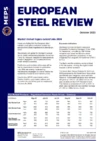
Source:
European Steel Review
The MEPS European Steel Review is an informative, concise and easy-to-use monthly publication, offering unique professional insight into European carbon steel prices.
Go to productRequest a free publication
